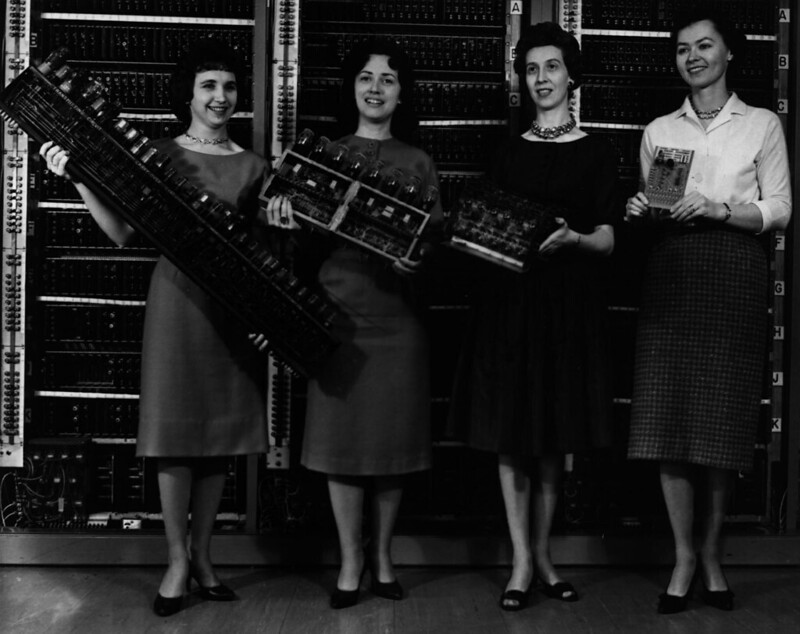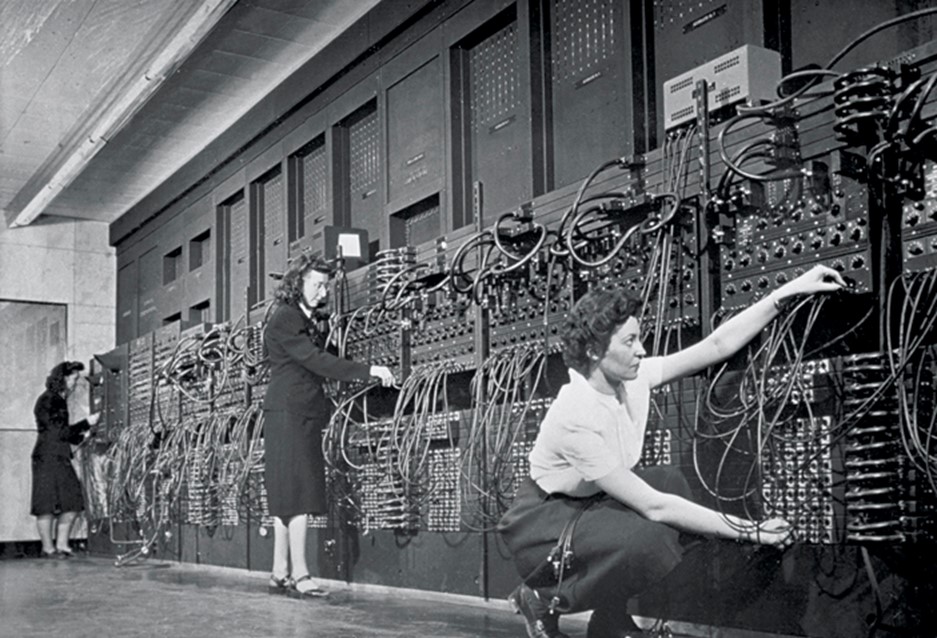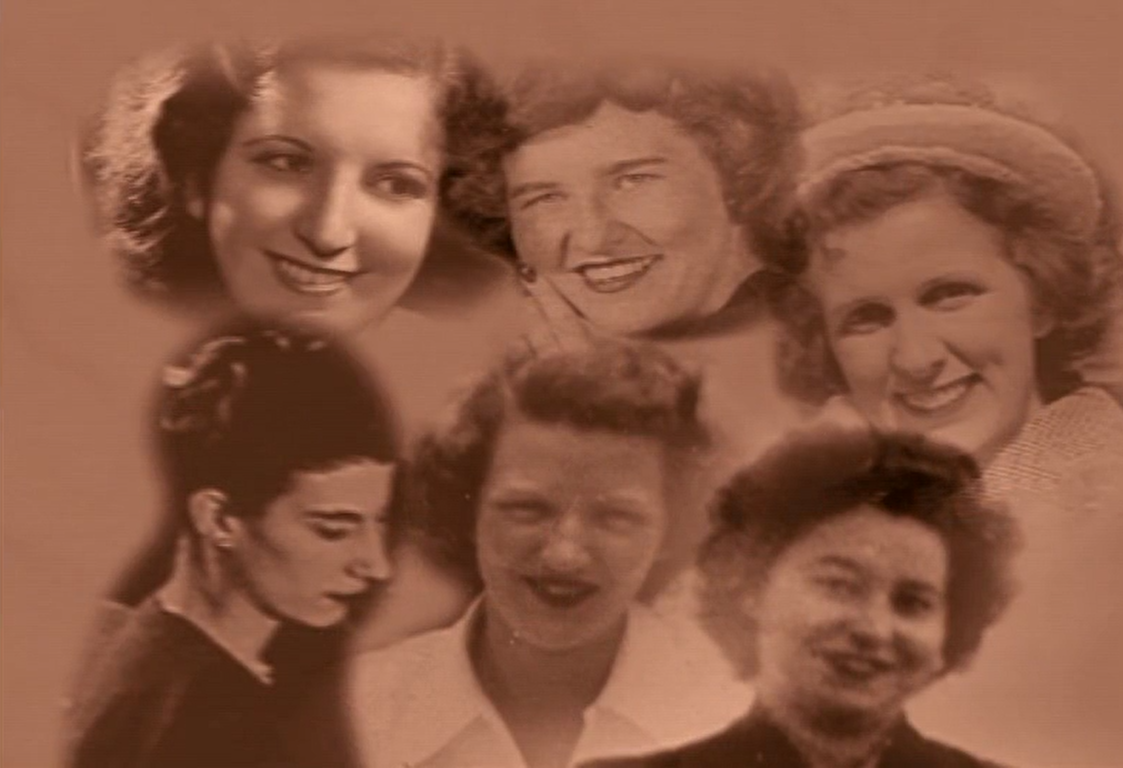
A recent article I wrote on ”the largest computer ever built,” concluded with praise for “the brilliant scientists, engineers and programmers…who made the impossible possible.”
What I should have specifically highlighted – and what is often ignored or forgotten — is the pioneering role women have played in the field of computer technology and science.
During Women’s History Month, it is fitting to set the record straight, beginning with a quick look at the historical participation of women in computer technology and computer science careers and education.
In the 1940s, women were the predominant coders, programmers, “software engineers,” and, as such, played a vital role in in the war effort.
In 1960, according to the New York Times, “the proportion of women in computing and mathematical professions (which are grouped together in federal government data) was 27 percent” and “reached 35 percent in 1990,” which the Times calls “the peak.”
Since then, that percentage “dropped to 26% between 1990 and 2013,” and, in 2019 “women comprised just 25% of the computing workforce,” according to the Pew Research Center.
The Berkeley School of Information provides a little more granularity:
In 2020, women comprised 36 percent of computer systems analysts, 12 percent of information security analysts, 21 percent of computer programmers, 19 percent of software developers, 28 percent of web developers and 29 percent of database administrators and architects.
One observes a similar “curve” in computer science education data for women. According to the National Center for Education and Statistics:
• In 1964-65, 4.6% of those who received an undergraduate degree in computer and information sciences were women.
• In 1970, women accounted for 13.6% of bachelor’s in computer and information science graduates.
• By 1984 that number had almost tripled to 37.1%, only to decline to 17.6% by 2010.
• In 2019-2020 women earned 21.3% of the computer and information sciences bachelor’s degrees in the United States, a slight increase over recent years.

While there may be ups and downs in computer science employment and education for women, the trajectory women have blazed in this field has only been upward and forward, starting almost 200 years ago when the legendary Lady Ada Lovelace (above) in effect became the world’s first computer programmer. Working with Charles Babbage, she designed the first “algorithm” intended for “instructing” Babbage’s Analytical Engine to perform calculations. The “high level” programming language “Ada” was named after her.
During World War II, a young Grace Murray Hopper joined the U.S. Naval Women’s Reserve (She would later become a Rear Admiral) and, at the Bureau of Ships Computation Project at Harvard University, she was one of the first programmers for the Harvard Mark I computer. “Amazing Grace,” as she came to be known, is also frequently credited with designing the first compiler in the early 50s. In 1996, the Navy commissioned the U.S.S. Hopper, a guided missile destroyer, in her honor.
Towards the end of the War, six women – “the ENIAC Six,” sometimes referred to as “the ENIAC Girls” — programmed the world’s first all-electronic, programmable computer, the Army’s ENIAC (Electronic Numerical Integrator and Computer), the predecessor of modern general-purpose computers. The women were: Kathleen McNulty Mauchly Antonelli, Jean Jennings Bartik, Frances (Betty) Snyder Holberton, ( Born. Frances Elizabeth Snyder), Marlyn Wescoff Meltzer, Frances Bilas Spence and Ruth Lichterman Teitelbaum.

Three of the women can be seen wiring a program into the ENIAC in the circa 1946 U.S. Army photo above. All six are depicted in the screen capture from the video “The Remarkable Story of the ENIAC Programmers,” below.

They were all inducted into the Women in Technology International Hall of Fame 1n 1997.
In the late 50s and early 60s, West Virginia native and American mathematician Katherine Johnson helped confirm the accuracy of electronic computers used by NASA and performed critical calculations that ensured safe space travel from the 1950s on, including for the first human space flight in 1961, John Glenn’s 1962 orbital mission, Project Apollo’s Lunar Lander, the Space Shuttle, and the Earth Resources Satellite.
“[She] not only completed groundbreaking work at NASA during the space race, but also broke the barriers of race and gender during a critical time in our nation, becoming the first African-American woman to attend graduate school at West Virginia University,” said Sen. Joe Manchin, D-W.Va., of Katherine Johnson.
Of course, there have been dozens – if not hundreds – of additional female computer science and technology trailblazers through the rest of the 20th century and into the 21st.
However, this piece, prompted by “Memories of the Largest Computer Ever Built,” would not be complete without mentioning two women who were instrumental in the development of that computer and the SAGE system:
Computer scientist Judith A. Clapp who worked at MIT’s Lincoln Laboratories on the Whirlwind computer, the prototype of the “largest computer ever built,” which became the heart of the SAGE (Semi-Automatic Ground Environment) Air Defense system and then, at MITRE, on the SAGE system itself. A pioneer and leader for women in computer science, Clapp continued to work on several government and defense groundbreaking computer projects.
Computer scientist and systems engineer Margaret Heafield Hamilton (she is credited with coining the term “software engineering”) who also worked at MIT as the director of the software engineering division and, before that, worked on the software for prototypes on the SAGE project. Later, she was responsible for the onboard flight software on the Apollo mission computers.
In 2016, when President Barack Obama awarded Hamilton the Medal of Freedom, he noted that “her example speaks of the American spirit of discovery that exists in every little girl and little boy who know that somehow to look beyond the heavens is to look deep within ourselves.”
CODA:
The title of this short history was adapted from The Computer Wore Heels, an interactive e-book for young adults by LeAnn Erickson that shares the inspiring story of the brilliant, mathematically talented, young women recruited by the U.S. Army during World War II to do secret ballistic research. Some of them went on to serve as “programmers” on the ENIAC.
















